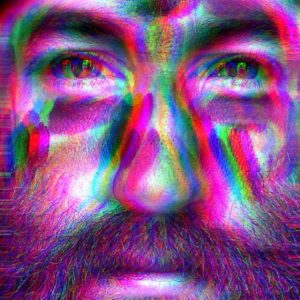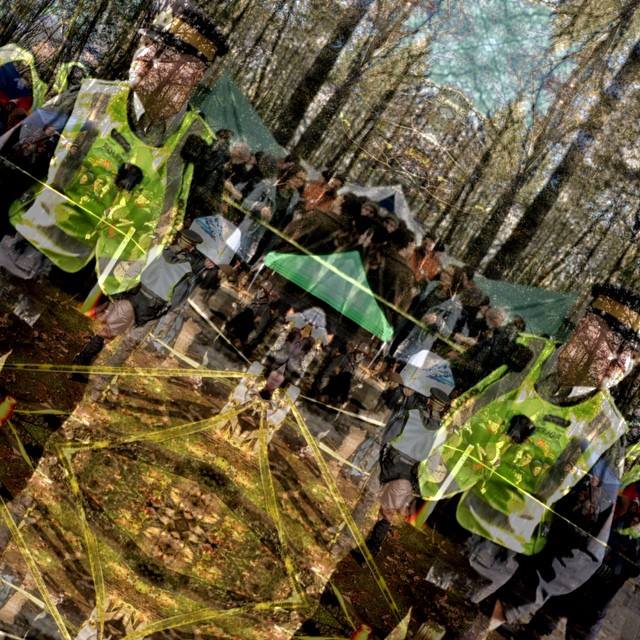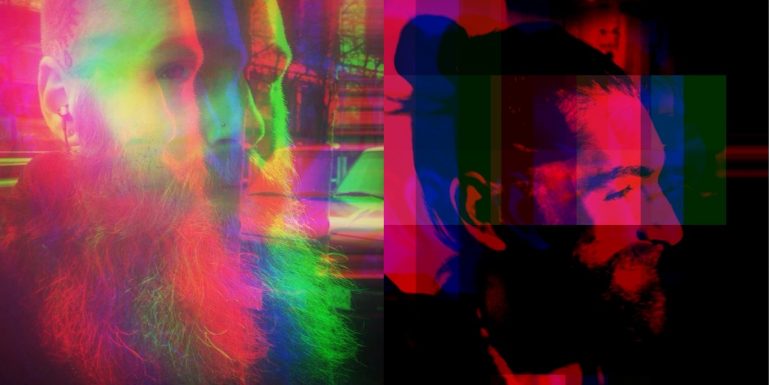It’s time we stop prefixing media with the word “social.” It’s media. It’s also a free-for-all, that’s both filtered and unfiltered. Everyone with an internet connection has access to the platforms and ability to use the applications of their choosing. Everyone is free to participate, create and communicate.
Everyday at BetaKit we get to celebrate, question, and sometimes deride, technology. Thinking about, talking with, and writing stories about the people behind the technologies empowering us to communicate in ways unimaginable even 10 years ago is an opportunity I’m grateful for.
For instance, it’s staggering to consider that we’re uploading and sharing over 1.8 billion photos each day according to KPCB analyst Mary Meeker’s 2014 Internet Trends report (see slide #62). How tall would that stack of polaroids be?
Technology is more pervasive than ever. There’s a deluge of stories to share and sift through, and no shortage of shiny new gadgets to communicate or consume media with. Yet everyday I find myself thinking more about the meaning of representation. I ask myself about what representation means with respect to context; or how does representation come into play in terms of my understanding the relationship between an object or a subject. Most importantly, I think about how representation comes with responsibility.
It’s worth remembering, “representation is the use of signs that stand in for and take the place of something else. It is through representation that people organize the world and reality through the act of naming its elements. Signs are arranged in order to form semantic constructions and express relations.”

Images coming from the filtering app Generate jumped off my Facebook feed one day. It was Galiano Island photographer and entrepreneur Kris Krug’s creative touch applied to TEDxVancouver that pushed me to thinking more the relationship between technology filters, representation, and responsibility.
Is the representation and therefore our relationship or understanding of a person, a group of people, a place or thing, impacted by the filters we apply to any medium – be it visually, through our choice of words, or the soundscapes we create?
Any images, words or sounds we digitize and submit to the public domain puts us in the position as both a creator and communicator. As a creator and communicator what is your responsibility? It’s one thing to misrepresent yourself, but it’s altogether another issue when you’re misrepresenting the world around you.
Using filters, or changing the appearance of an image is nothing new. The history of photography and film is one of alteration through development techniques, and using different materials such as paper and chemicals. The difference between then and now is cost and accessibility. Then, you had to be a professional or well-heeled amateur to own the equipment. I wonder if photographers like Ansel Adams,Annie Leibovitz, or a National Geographic contributor like Jim Brandenburg would use #nofilter?
Think about it, photoshopped is now an adjective, but photoshop the application is barely 25 years old. As well, it originally cost $1000.00. Today we have sub ten dollar to free photo apps at the disposal of everyone carrying a smartphone. It was overwhelming scrolling through the app store at the number of photo-filtering apps; I quit counting at 35.
Instagram has over 200 million users, and you can apply filters to pictures with the mobile Facebook, Twitter, and native iOS camera app. So mainstream they’re the source of some great humour like this Oatmeal cartoon, and this YouTube video.
All joking aside, it’s important to think about representation as related to what we see. Consider the intent of what’s being created and communicated. Is there a relationship between representation and some form of truth and reality? Does the use of a filter make that person an agent of change? Does it potentially alter our relationship or sense of reality?

Is some regards the filtering of a visual experience can be adding commentary to our reality. Are we filtering an angst or dissatisfaction with reality? Blurring the lines of reality? Could we also be representing a filtered sense of joy, marvel, or perspective of what could be better or more beautiful?
Science is largely about the study of objects, whereas much of what’s populating our media feeds are people, places, events, food, and funny animal tricks. I’m all for sharing the subjects of our interest, desire, and love. I’m all for using filters as a form of commentary or creativity.
When there’s a lack of rigour and thought behind what’s being represented, it then becomes a potential act of objectification. Simply put, our world needs less objectification. It’s at the root of so much tension, misunderstanding and anxiety that pollutes our conversations and narratives.
The tools of communication might be free and we’re all free to use them, but it shouldn’t mean we’re free use them free of responsibility. It’s worth pausing and asking “why am I thinking this, why am I saying it, or why am I seeing it this way?” before pressing submit and post.
“How strange painting is, it delights us with representations of objects that are not pleasing in themselves!”
– Eugene Delacroix

